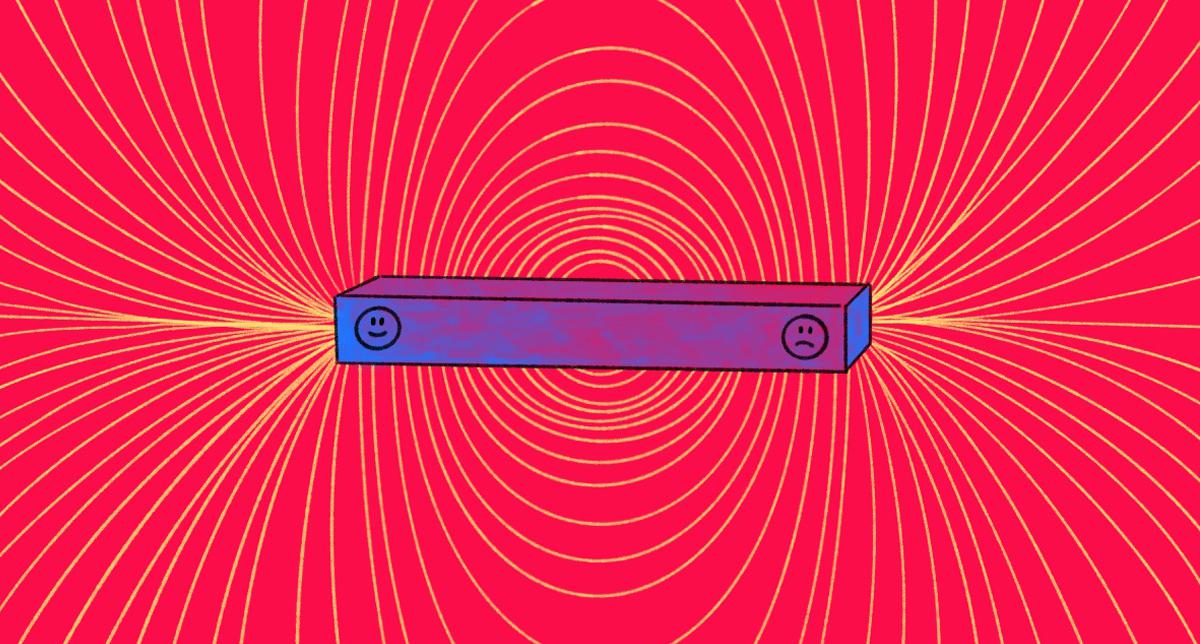
Not everyone should love your brand.
The path for increasing market share is not self-evident. While many organizations try to appeal to all customers, market share starts with mindshare. Understanding and staying meaningful to customers is critical. However, you can’t target everyone. You have to mean something to somebody, or you’ll mean nothing to everybody.
Leaders want customers to love their brand. If we were to put emotions on a spectrum, conventional wisdom would place love and hate on opposite ends. On a scale between love and hate, organizations want to be loved and avoid being hated.
But that’s not how emotions work. People love brands—and love to hate brands. The enemy of passion is apathy. People not caring about your brand is worse than if they hate it. If some hate it, it’s likely to be loved by others. Disliking a brand is often about unrealized expectations, which is easier to turn around than apathy. When it comes to brand building, strong expectations are better than none at all.

Brands are like magnets. We can measure brand value by the strength of its attraction to the people it serves. Savvy brand builders know what makes people feel passionate and why brands attract some people and push others away.
So it’s partly about defining your customer, but it’s also about their emotions. Appealing to customer emotions is more nuanced than love and hate; building a brand is about tapping into a group, tribe, or mindset. Stand for something, and believers will follow.
This article originally published in our monthly insights newsletter. Click the subscribe button to sign up for more ideas about change.
